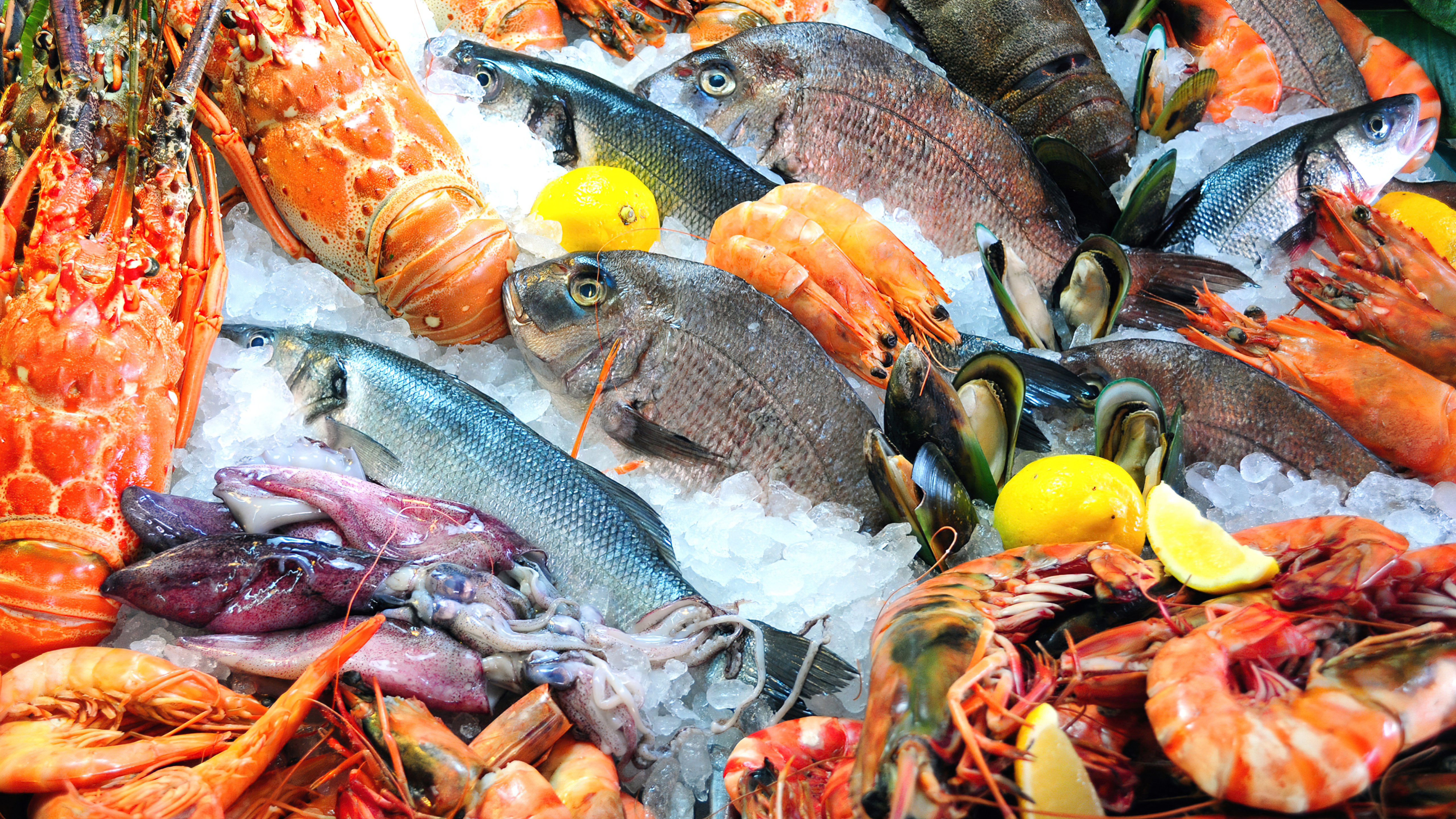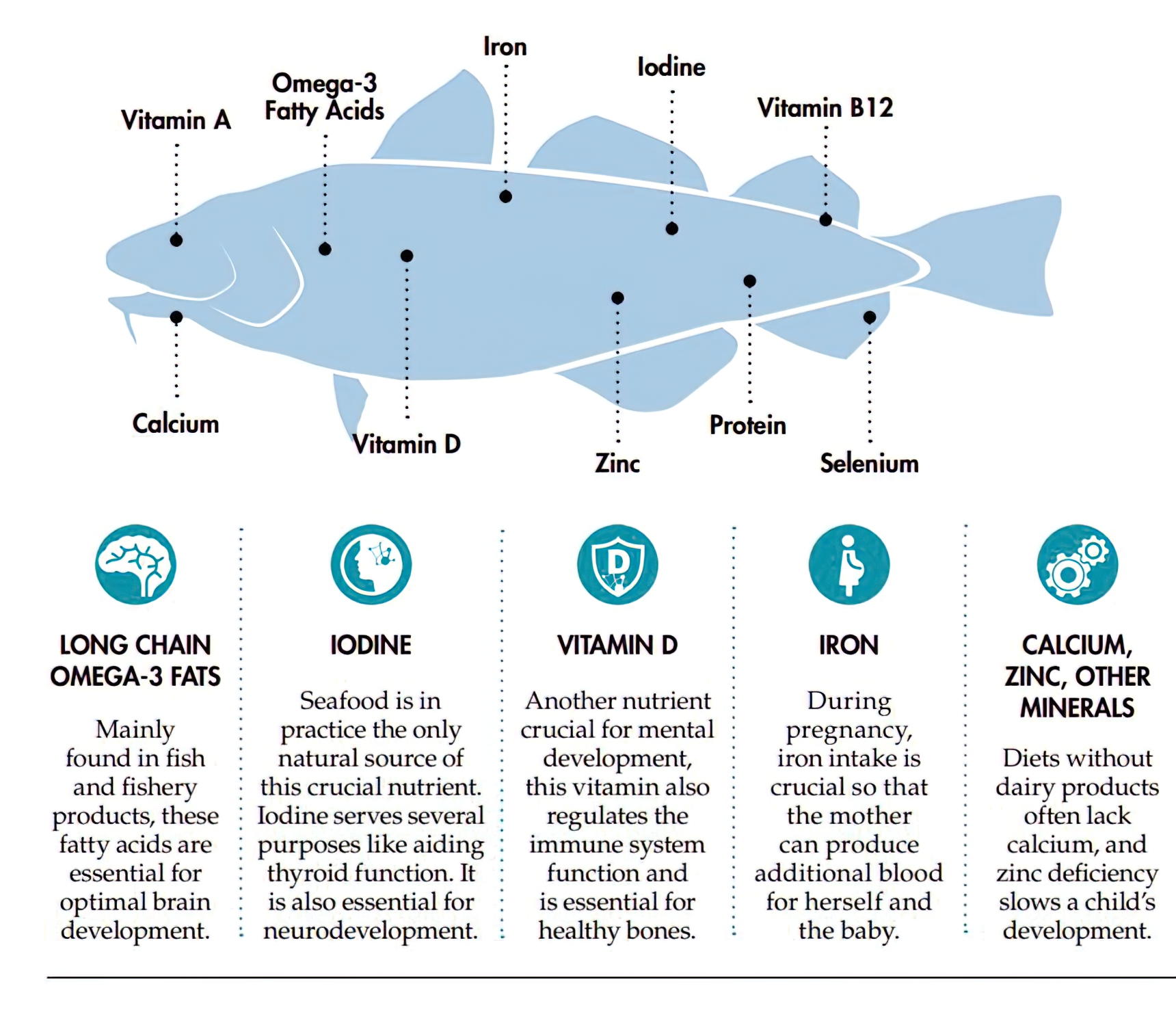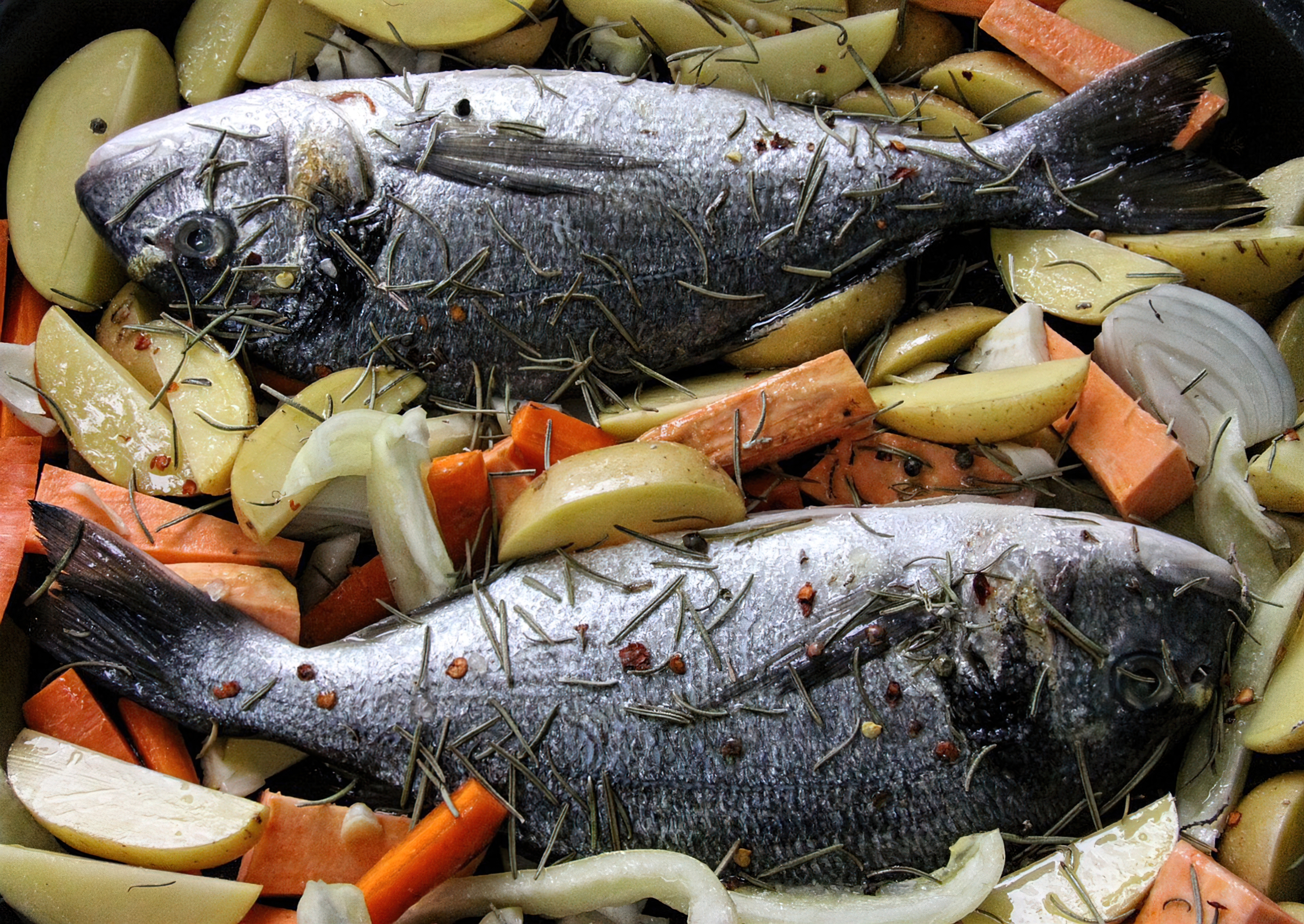Navigating the world of fish and seafood can be overwhelming. With numerous options and sustainability concerns, making informed decisions is crucial. In this article, we’ll explore smart tips for choosing fish and seafood, focusing on freshness, sustainability, and health benefits. Let’s dive in!
Checking for Freshness
The first step in choosing fish and seafood is ensuring freshness. Follow these simple guidelines to make the best choice:
- Smell: Fresh fish should have a mild, ocean-like scent. Avoid fish with strong, fishy odors.
- Eyes: Clear, bright eyes are a sign of freshness. Cloudy or sunken eyes suggest an older catch.
- Gills: Fresh fish have vibrant, red gills. Brown or dull gills indicate the fish is past its prime.
- Texture: Fresh fish should be firm to the touch and spring back when pressed gently.
- Whole Fish: Look for shiny, moist skin and tightly adhering scales.
Sustainable Seafood Choices
Sustainability is an essential factor when purchasing fish and seafood. Overfishing and destructive fishing practices threaten marine ecosystems. Keep these tips in mind:
- Research: Familiarize yourself with sustainable seafood guides and organizations, such as the Marine Stewardship Council (MSC) and the Monterey Bay Aquarium’s Seafood Watch.
- Wild vs. Farmed: Both options can be sustainable, depending on the species and fishing methods. Research the specific fish you’re interested in to make the best choice.
- Local and Seasonal: Choose locally caught, in-season fish when possible. This supports local fisheries and reduces the carbon footprint of transportation.
- Ask Questions: Don’t hesitate to ask your fishmonger or restaurant about the sourcing of their fish and seafood. Informed consumers help drive change in the industry.
Health Benefits and Nutritional Considerations
Fish and seafood are an excellent source of protein, healthy fats, and essential nutrients. Keep these factors in mind when selecting your catch:
- Omega-3 Fatty Acids: Oily fish such as salmon, mackerel, and sardines are rich in heart-healthy omega-3s. Aim to consume at least two servings of these fish per week.
- Mercury Levels: Some fish have higher levels of mercury, which can be harmful when consumed in large quantities. Pregnant women and young children should avoid high-mercury fish like shark, swordfish, and king mackerel.
- Shellfish: Shrimp, clams, mussels, and oysters are low in calories and fat while providing essential nutrients like zinc, iron, and selenium.
Storing Fish and Seafood Properly
Once you’ve chosen your fish or seafood, it’s essential to store it correctly to maintain its quality and freshness. Here are some tips for proper storage:
- Refrigeration: Store fresh fish and seafood in the coldest part of your refrigerator, ideally at a temperature between 32°F and 34°F (0°C to 1°C). Use a thermometer to monitor the temperature and ensure it’s cold enough.
- Ice: If you won’t be cooking your fish immediately, place it on a bed of crushed ice in a sealed container to keep it chilled. Replace the ice as needed.
- Wrapping: Wrap fresh fish and seafood in plastic wrap or aluminum foil before placing it in the refrigerator. This helps retain moisture and prevent odors from spreading.
- Freezing: For longer storage, freeze fish and seafood in an airtight container or freezer bag. Consume frozen fish within 2-3 months and shellfish within 3-4 months for optimal quality.
Preparing Fish and Seafood Safely
Proper handling and preparation are crucial for enjoying safe and delicious fish and seafood dishes. Keep these tips in mind:
- Thawing: Thaw frozen fish and seafood in the refrigerator or under cold running water. Avoid thawing at room temperature, as this encourages bacterial growth.
- Washing: Rinse fish and seafood under cold water and pat dry with paper towels before cooking. This removes any lingering bacteria or debris.
- Cross-Contamination: Use separate cutting boards and utensils for raw fish and seafood to prevent cross-contamination with other foods.
- Cooking: Cook fish and seafood to the recommended internal temperature to kill any harmful bacteria. Fish should be cooked to an internal temperature of 145°F (63°C), while shellfish should be cooked until their shells open and their flesh is opaque.
Incorporating these storage, handling, and preparation tips into your routine will ensure that your fish and seafood dishes are as safe and delicious as possible. By making informed choices about freshness, sustainability, and nutrition, you’ll elevate your culinary experiences and enjoy the many benefits of fish and seafood. Bon appétit!



